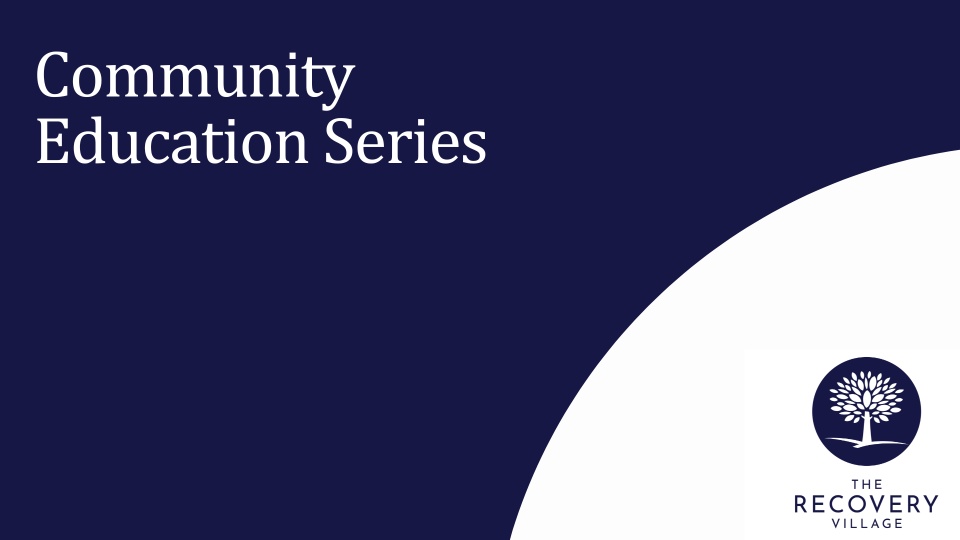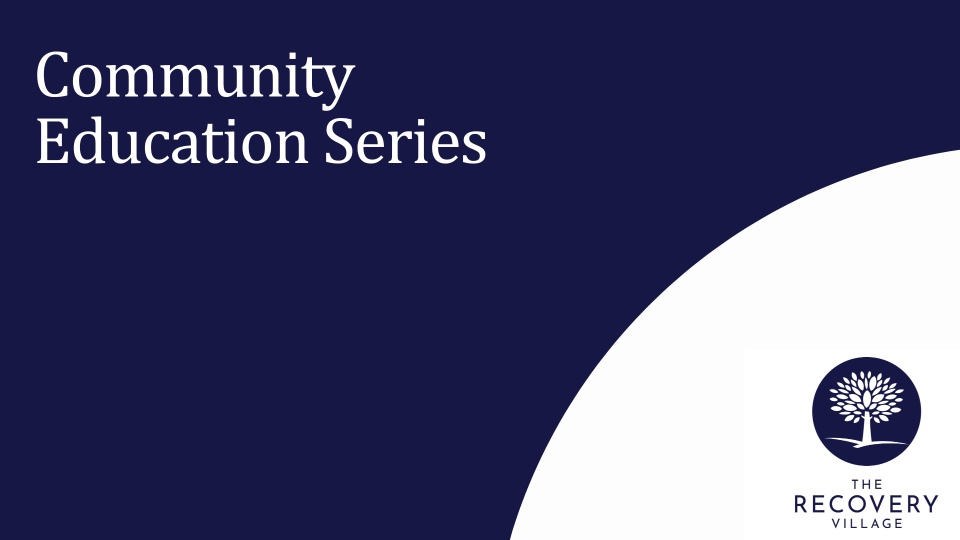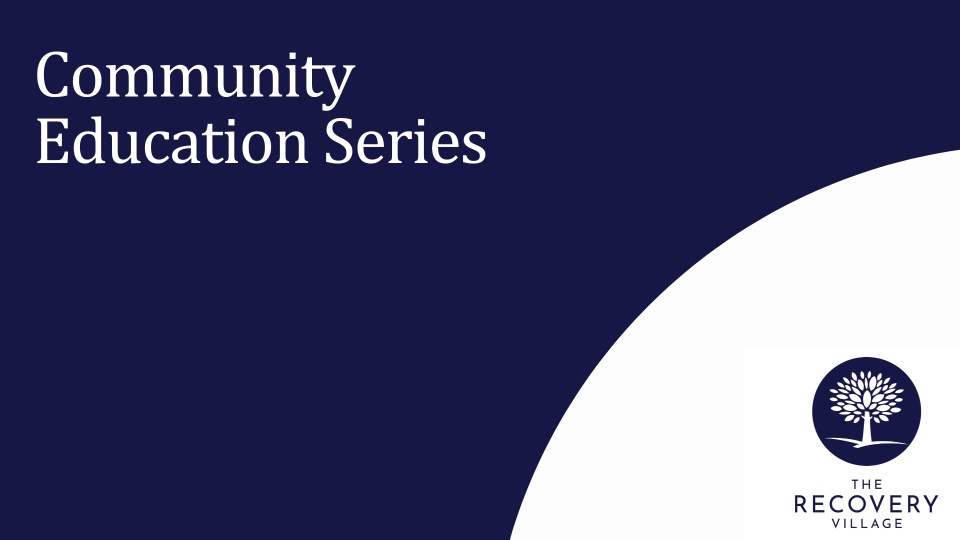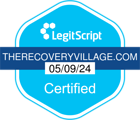Substance use impacts the entire family unit and can lead to intergenerational cycles of trauma with far-reaching effects.
Estimated watch time: 47 mins
Available credits: none
Overview:
A person’s addiction doesn’t just affect their life; it also impacts the lives of their friends, family members, loved ones, employers and acquaintances in general. In this presentation, Licensed Clinical Social Worker Michael Cadron discusses the difficult experiences family members often endure when a parent, child or sibling is struggling with substance use and addiction.
After watching this presentation, the viewer will:
- Understand the phases the family experiences when substance misuse is present
- Identify consequences of familial relationships and the familial roles that emerge
- Know how persistent, intergenerational cycles of trauma can occur









